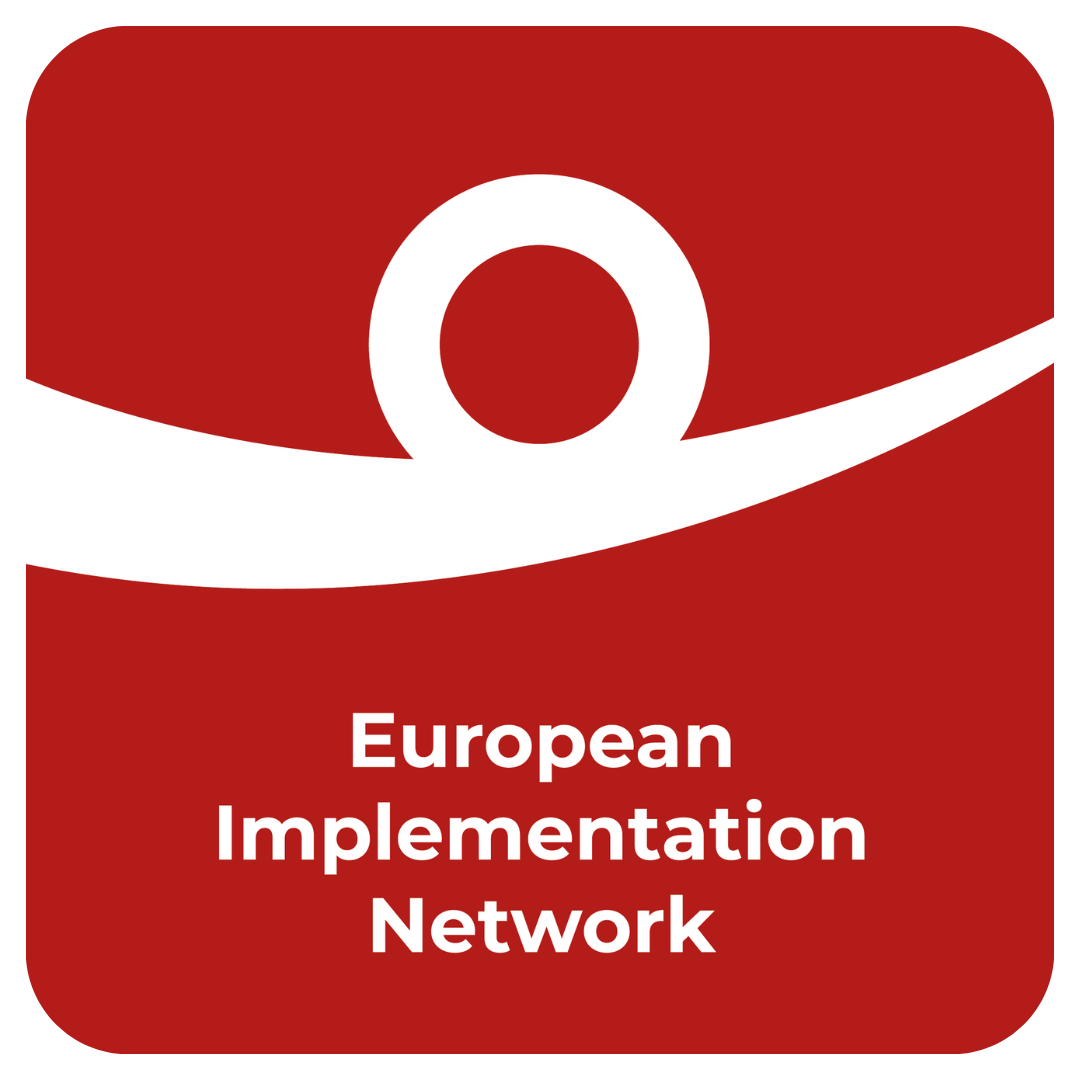About our data
It is not easy to present data about the non-implementation problem in a clear and accessible way. We use the figures above not because they are perfect, but because they are the best available.
Leading judgments are those that identify a new significant or systemic problem in a country. Each leading judgment therefore represents a human rights issue that needs resolving – a wider problem that affects a society. If leading judgments are not being closed, that means the underlying human rights issues are not being dealt with. For example, a leading judgment finding an incident of torture might reflect an ongoing situation of torture being carried out by state officials in a particular country. If that leading judgment is still pending implementation, the problems linked to state torture in that country have still not been resolved.
Assessing the proportion of leading judgments being implemented is the best method available to assess whether a country is carrying out general reforms to put into effect judgments from the European Court of Human Rights. We assess the proportion of judgments implemented from the last ten years, because this allows the data from each state to be effectively compared (as some states have been signatories to the European Convention on Human Rights for 60 years - others for less than 20).
These statistics do not tell the whole story. It is also necessary to look at the overall number of leading cases pending. The countries with the most serious non-implementation problem have both a high number of leading cases still pending and a high overall number of pending leading cases (e.g. Russia, Ukraine, Turkey). Other countries might have a high proportion of leading cases pending - but do not have a significant a problem with non-implementation, because there have only been a handful of judgments against them in recent years (e.g. Iceland, Ireland).
The nature of the violations is also important. Some countries have a relatively low overall number of pending leading judgments, but the violations involved in the judgments might be very serious. Other countries might have comparatively less serious issues identified in a high number of judgments.
Despite these issues, this data provides a good snapshot of how the non-implementation problem affects Europe as a whole. EIN will keep its approach to these figures under review.
The data is freely available under a public licence for re-publishing.
